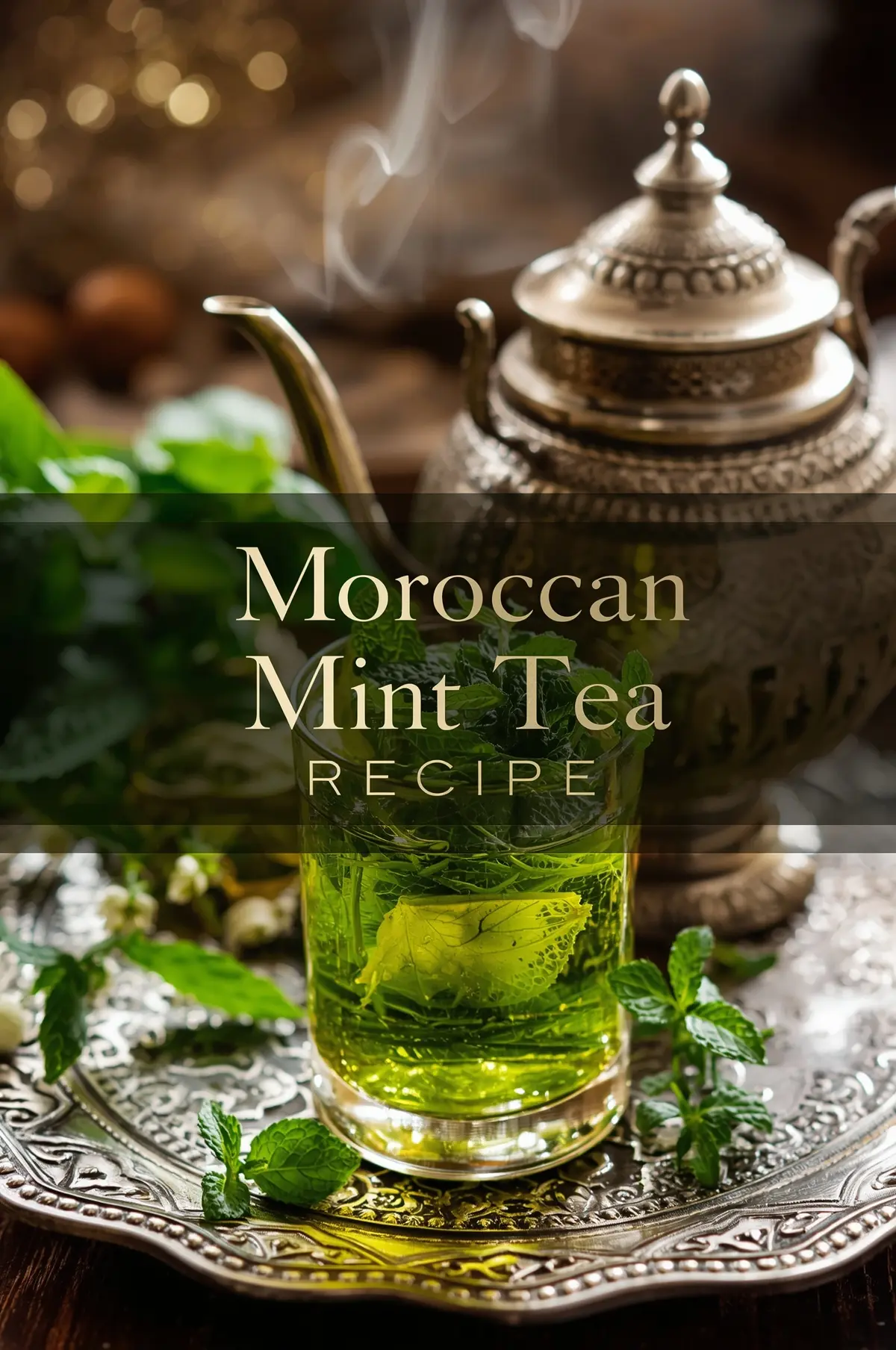Introduction
Moroccan mint tea, also known as Atay, is more than just a beverage—it’s a symbol of hospitality, culture, and tradition in Morocco. Sweet, refreshing, and aromatic, this green tea infused with fresh mint leaves is enjoyed throughout the day and often served to guests as a sign of welcome. Making Moroccan mint tea at home allows you to experience its rich flavors and soothing qualities while embracing a cherished cultural ritual.
Ingredients
To make authentic Moroccan mint tea, you’ll need:
- 1 tablespoon Chinese gunpowder green tea
- 1 bunch fresh mint leaves (preferably spearmint)
- 3–4 tablespoons sugar (adjust to taste)
- 4 cups boiling water
Optional: Extra mint sprigs for garnish
Equipment:
- A Moroccan teapot (or any small teapot)
- Small glasses for serving
- PROFESSIONAL POWER: 1000 watts of professional power can crush ice and breakdown any tough ingredient.Power source : Cor…
- XL CAPACITY: The 72 oz professional blender pitcher is excellent for making frozen drinks and creamy smoothies for the e…
- INTELLIGENT TECHNOLOGY: Total Crushing Technology delivers unbeatable power with blades that pulverize and crush through…
Preparation Steps
- Rinse the tea leaves: Place 1 tablespoon of green tea in the teapot and pour a small amount of boiling water over it. Swirl gently, then discard the water to remove bitterness.
- Add mint and sugar: Add the fresh mint leaves and sugar to the teapot. Adjust sugar according to your preference.
- Pour hot water: Pour 4 cups of boiling water into the teapot over the tea and mint.
- Steep the tea: Allow the tea to steep for 3–5 minutes, letting the flavors infuse fully.
- Mix the tea: Pour the tea into a glass and return it to the pot, repeating this 2–3 times to blend the flavors and dissolve the sugar completely.
- Serve: Pour the tea from a height into small glasses to create a frothy top. Garnish with extra mint sprigs if desired.
Moroccan mint tea is a delightful and aromatic beverage that combines the earthy taste of green tea with the fresh flavor of mint and sweetness of sugar. Making it at home allows you to enjoy a refreshing drink while embracing the rich cultural tradition of Morocco. Whether for daily enjoyment or serving guests, Atay is a perfect way to bring a touch of Moroccan hospitality into your home.
Have you given our recipe a try?
0.0
0.0 out of 5 stars (based on 0 reviews)
Excellent0%
Very good0%
Average0%
Poor0%
Terrible0%
